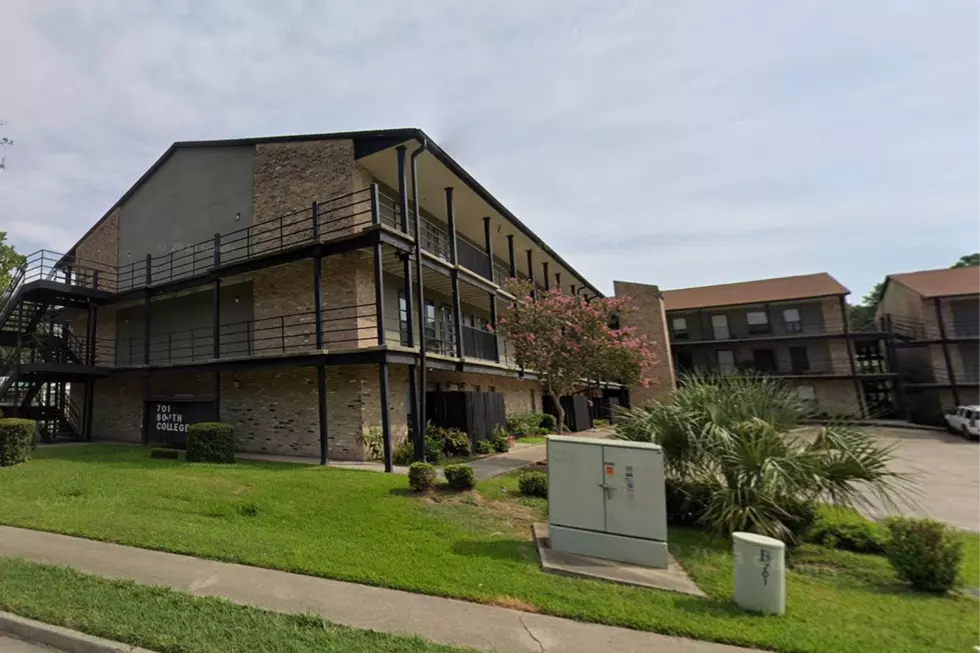
Deadly Fungus Found in Louisiana – What You Need to Know
If the lessons of the past few years have taught us anything, it's this, we need to pay attention when the medical community suggests we are on the cusp of a "serious global health threat". Those are the words being used by the Centers for Disease Control to describe a fungus that has been discovered in Louisiana and is killing 30% to 60% of the people who have been infected by it.
The fungus is called Candida Auris. It is a type of yeast that has been causing severe illness, especially in hospitalized patients. The yeast enters the bloodstream and can spread rapidly throughout the body. Perhaps the greatest concern with this fungus is that it does not respond to current antifungal drugs making it difficult to treat.
According to the CDC, patients who have been hospitalized in a healthcare facility or who have a central venous catheter or other tubes or lines entering their bodies have been determined to be most at risk. The fungus is also hard to identify which makes prescribing a treatment protocol even more difficult for healthcare providers.
Who is Most at Risk for Candida Auris?
Certainly the elderly and those who have been receiving care at healthcare facilities for a lengthy period of time. Also, those who have had recent surgeries, are being treated for diabetes, or are undergoing treatment for broad-spectrum antibiotics or antifungal use. Infections have primarily occurred in patients who were already hospitalized for other reasons.
How is Candida Auris Spread?
According to the CDC, the fungus can be spread in healthcare settings through contact with contaminated surfaces or from equipment that has not been properly cleaned. It is also possible to spread Candida Auris from person to person. But the CDC also says more research on how the fungus spreads is needed to come up with a more definitive answer.
How is Candida Auris Prevented?
The CDC is tasking healthcare facilities with being more diligent in their surveillance of patients who may have been infected with the fungus. They are once again advocating cleanliness, especially hand washing, and regular cleaning and disinfecting of equipment, products, and other items used in an environment where the fungus has been noted. Some facilities might consider moving infected patients to private rooms or a sequestered location as well.
While the fungus has been confined to mainly healthcare facilities it can still spread among those who do not have contact with individuals not housed in those facilities. Currently, some 50 cases of the fungus have been reported in Louisiana with the majority of those cases noted in the Greater New Orleans area.
Officials with the Louisiana Department of Health are monitoring the fungus and its spread and they encourage you to ask your healthcare provider or those that provide services to your loved ones who live in healthcare facilities about the fungus and what precautions and protocols they are using to stop its spread.
19 Everyday Tasks That Are Now Automated
More From News Talk 96.5 KPEL







